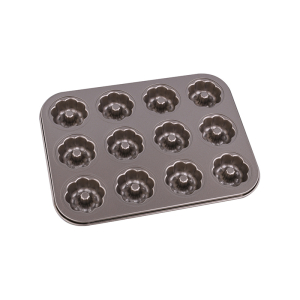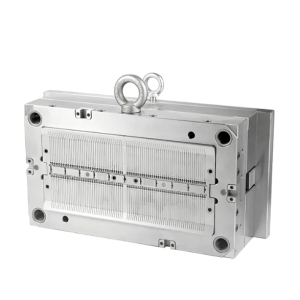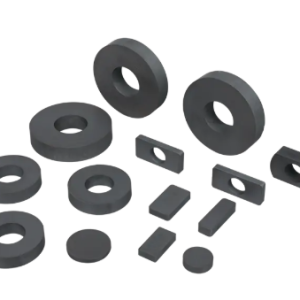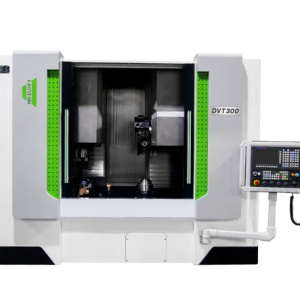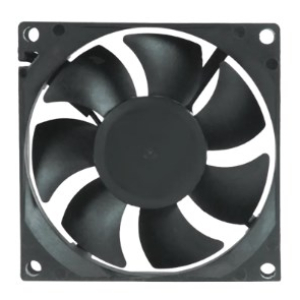Thin walled plastic parts are favored for their material savings, lightweight, and good design flexibility. Compared with traditional thick walled plastic products, Thin Wall Plastic Mould can effectively reduce costs without sacrificing the strength and durability of the product. For example, in some disposable packaging fields, the thin wall design makes the packaging lighter and more convenient for transportation and storage.
The Design Principle of Cooling System in Mould
In the design of Thin Wall Plastic Mould, the design of the cooling system is one of the keys. Due to the fast cooling speed of the thin wall part, if the cooling is not uniform, it is easy to cause defects such as warping and deformation of the product. To ensure uniform cooling, the layout of the cooling channels needs to be carefully planned. Usually, multi channel, spiral or conformal cooling designs are adopted. This allows the heat from all parts of the mould to be removed quickly and evenly, ensuring that all parts of the plastic product shrink evenly during the cooling process. For example, for a complex shaped thin walled mould, a cooling channel that fits the shape of the plastic part can be designed to maximize the cooling efficiency.
The Design Principle of Gate Design in Mould
The design of the gate is also crucial for Thin Wall Plastic Mould. Since the wall thickness of thin walled plastic parts is thin, the plastic melt needs to flow quickly and evenly during the filling of the cavity to avoid defects such as short shots. Therefore, the position, number and size of the gate need to be reasonably selected according to the shape and size of the plastic part. For large thin walled plastic parts, multiple gates can be used to ensure that the melt can fill the cavity quickly. At the same time, the size of the gate should be moderate. A too small gate will cause excessive pressure loss of the melt, while a too large gate may cause defects such as weld lines on the surface of the plastic part.
The Design Principle of Demoulding Design in Mould
Thin walled plastic products are prone to deformation or even breakage during the demoulding process, so the demoulding design is also a key part that cannot be ignored in the mould design. A reasonable demoulding mechanism can ensure that the plastic part can be smoothly ejected from the mould. Usually, some special demoulding methods are used, such as a combination of ejector pins and push plates. When designing the demoulding mechanism, the distribution of the demoulding force needs to be considered to ensure that the demoulding force acts evenly on the plastic part and avoid local excessive force causing damage to the plastic part.

